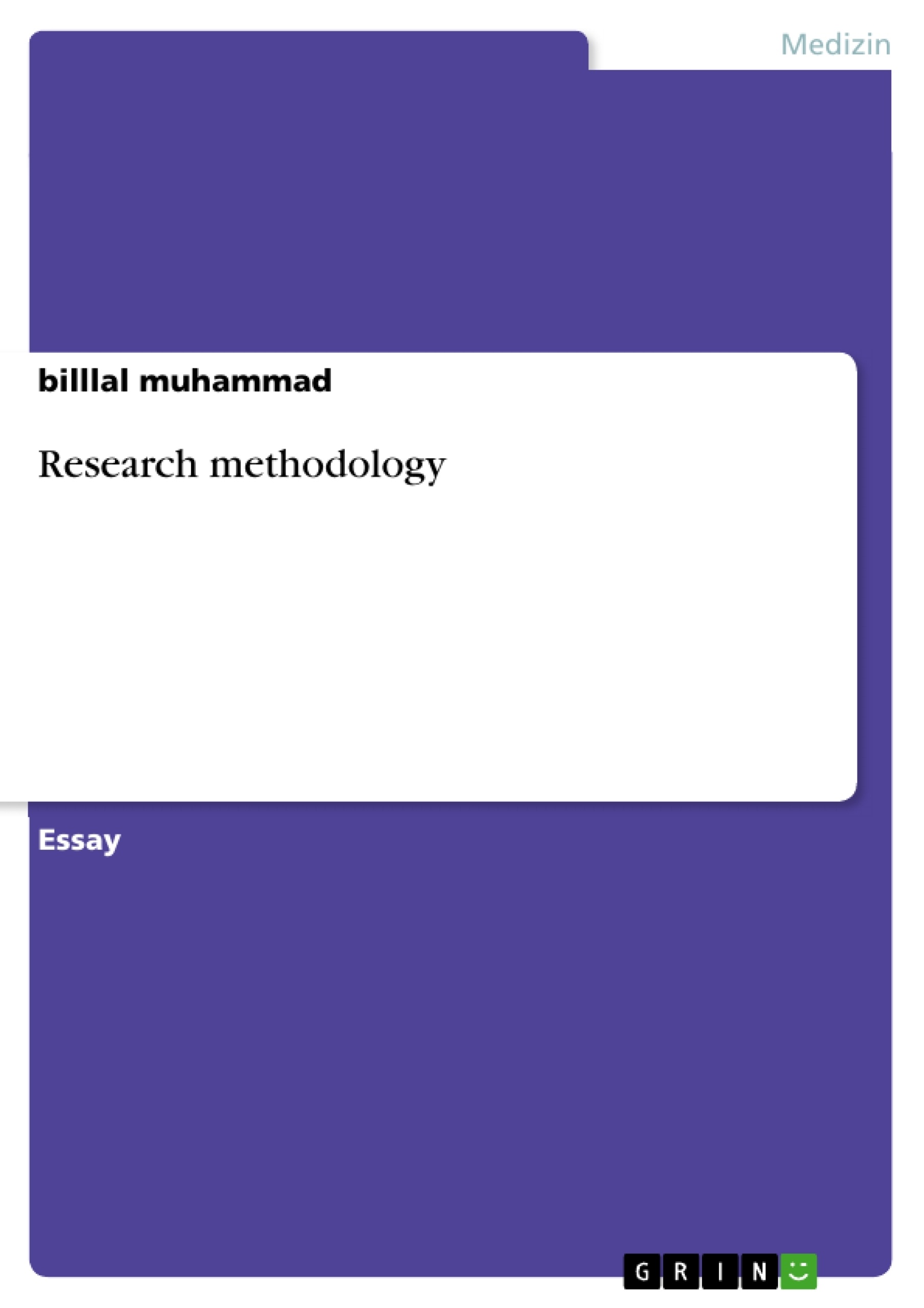Data collection is the process of gathering and measuring information on targeted variables in an established system, which then enables one to answer relevant questions and evaluate outcomes. Data collection is a research component in all study fields, including physical and social sciences, humanities, and business. (Ainley, D. G. 2014) While methods vary by discipline, the emphasis on ensuring accurate and honest collection remains the same. The goal for all data collection is to capture quality evidence that allows analysis to lead to the formulation of convincing and credible answers to the questions that have been posed. Data collection and validation consists of four steps when it involves taking a census and seven steps when it involves sampling.
Inhaltsverzeichnis
- DATA COLLECTION
- CLASSIFICATION OF DATA
- Primary vs. Secondary Data
- Methods for collecting primary data
- Sources of secondary data
- Published Sources
- METHODS OF DATA COLLECTION
- SAMPLE AND SAMPLING TECHNIQUES
Zielsetzung und Themenschwerpunkte
Diese Forschungsarbeit befasst sich mit dem Thema der Datenerhebung, einem grundlegenden Aspekt wissenschaftlicher Forschung. Ziel ist es, verschiedene Aspekte der Datenerhebung zu beleuchten, von der Definition über die Klassifizierung bis hin zu den Methoden und Sampling-Techniken.
- Definition und Bedeutung der Datenerhebung
- Klassifizierung von Daten in Primär- und Sekundärdaten
- Verschiedene Methoden der Datenerhebung, sowohl qualitativ als auch quantitativ
- Wichtige Sampling-Techniken für die Auswahl von Stichproben aus einer Population
- Vorteile und Herausforderungen der Datenerhebung
Zusammenfassung der Kapitel
DATA COLLECTION
Das Kapitel beginnt mit der Definition der Datenerhebung als systematischer Prozess zur Sammlung und Messung von Informationen aus verschiedenen Quellen. Es werden die Ziele der Datenerhebung und die Bedeutung der Genauigkeit und Ehrlichkeit bei der Datenerhebung hervorgehoben.
CLASSIFICATION OF DATA
Dieses Kapitel behandelt die Klassifizierung von Daten in Primär- und Sekundärdaten. Primärdaten werden direkt von den Befragten erhoben, während Sekundärdaten aus bereits vorhandenen Quellen stammen. Das Kapitel erläutert verschiedene Methoden zur Erhebung von Primärdaten, wie z.B. direkte persönliche Interviews und Fragebögen.
METHODS OF DATA COLLECTION
Dieses Kapitel untersucht verschiedene Methoden der Datenerhebung, sowohl qualitative als auch quantitative. Es werden Interviews, Fragebögen, Beobachtungen, Dokumente und Aufzeichnungen, Fokusgruppen und mündliche Geschichten als Methoden der Datenerhebung behandelt. Der Unterschied zwischen quantitativen und qualitativen Daten wird erläutert, und es wird gezeigt, wie sich die beiden Methoden überschneiden können.
Schlüsselwörter
Datenerhebung, Primärdaten, Sekundärdaten, qualitative Methoden, quantitative Methoden, Sampling-Techniken, Interviews, Fragebögen, Beobachtungen, Dokumente, Fokusgruppen, mündliche Geschichten, Forschungsmethoden, Datenanalyse.
- Citar trabajo
- billlal muhammad (Autor), 2021, Research methodology, Múnich, GRIN Verlag, https://www.grin.com/document/1169267



